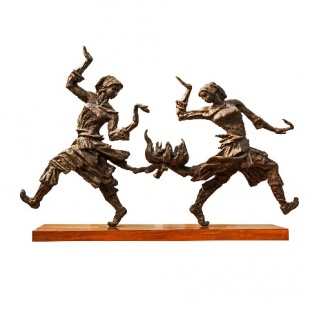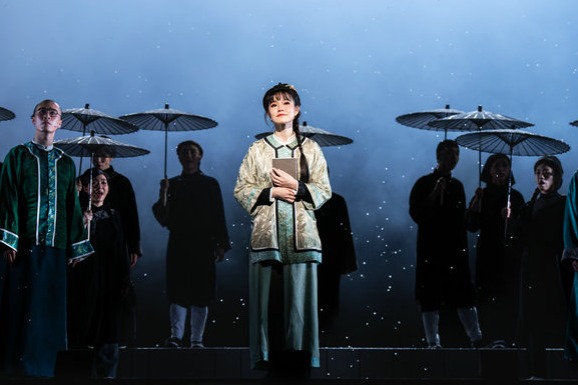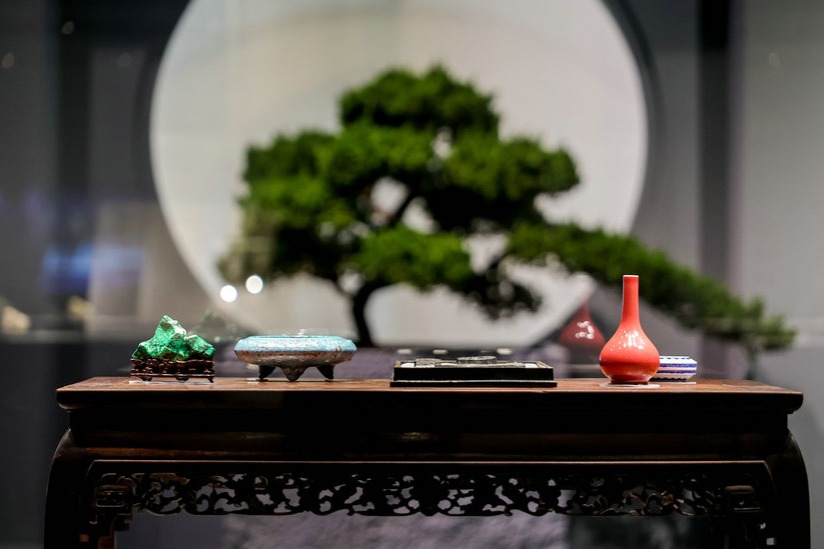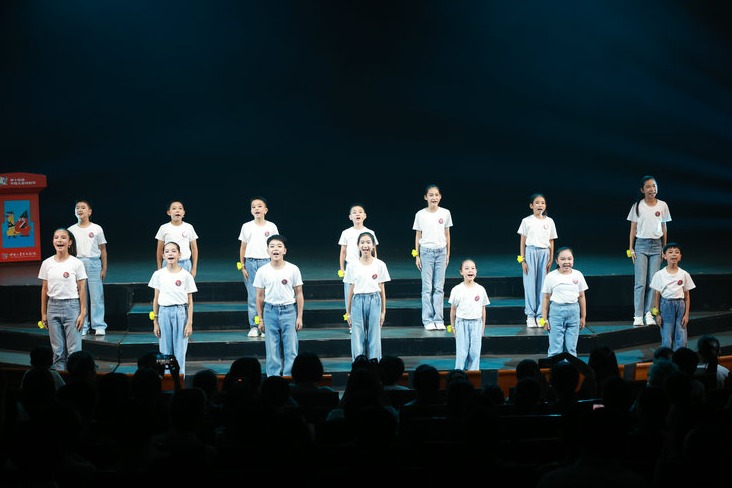Shaping the nation

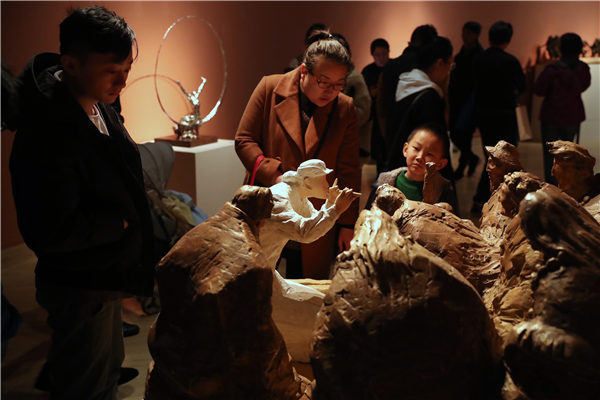
An exhibition of sculptures celebrating the ethnic diversity and unity of the Chinese people is currently running at the National Art Museum of China.
In a globalized age when people tend to think and live alike, it has become even more significant to preserve cultural diversity.
Ethnic differences that are evident in people's looks, outfits, craftsmanship, entertainment and communication greatly constitute the depth and scope of Chinese civilization; and the coexistence of these distinctions forms the basis of national integrity.
The celebration of such ethnic variety has played an important role in Chinese artists' work since the 20th century.
Modern artists first discovered the richness of the historic and cultural legacies of China's ethnic groups in the 1930s, when they were forced to retreat to the hinterland of Northwest and Southwest China during the War of Resistance against Japanese Aggression (1931-45).
Even now, contemporary artists still source inspiration from the diverse arts and crafts practiced by people inhabiting ethnic communities, as a way to breathe new life to these withering traditions which are often overshadowed by fast-paced urbanization. Regularly traveling to remote ethnic villages, sometimes for residence, is not an uncommon practice.
Dozens of sculptures which reflect Chinese artists' feelings about vibrant ethnic cultures are currently on display at an exhibition entitled Grand National Unity, which runs at the National Art Museum of China through March 24. The show inaugurates a series of exhibitions at the Beijing-based museum that will mark the 70th anniversary of the founding of the People's Republic of China this year.
It represents the first time a national sculpture show dedicated to ethnic solidarity has been held, according to Wu Weishan, the director of the National Art Museum of China and a sculptor in his own right.
"When hearing about ethnic groups, people expect to see paintings that depict their colorful costumes and magnificent living environments," he says.
"It poses challenges for sculptors to approach the theme by creating work that is similarly expressive and eye-catching, which is not aided by an arousing palette, but an imaginative combination of shapes and materials and a smart play of light and space."
The pieces on show date back to 1951, including Great Harmony, a white marble relief sculpture produced by eminent artist Wang Linyi.
- Chinese fiction contributes to record sales figure in the UK
- 'Unruly Heroes': Forging 'Journey to the West' in the game world
- Sino-Greek coproduction 'Agamemnon' amazes audiences in Beijing
- Veteran stage actor, director unveils life of the theater
- Bake off: Celebrity chef on pastries, China and much more


